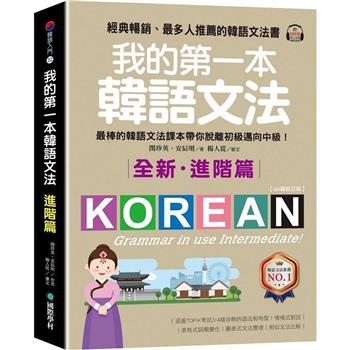"Crossing Lines: An Extensive Investigation of Relocation Patterns" digs into the unpredictable embroidery of worldwide movement, offering a canny assessment of the complex powers molding the development of individuals across borders. This extensive review explores the complicated elements driving relocation patterns, giving a nuanced comprehension of the financial, political, and ecological variables that impact the rhythmic movement of human versatility. The examination unfurls like a mosaic, catching the different inspirations that push people and networks to cross geological limits. Financial variations arise as a critical driver, with people looking for better open doors and further developed occupations in unfamiliar grounds. The examination investigates the effect of globalization, revealing insight into how interconnected economies impact movement designs and add to the development of transnational networks. Political disturbances and clashes become necessary central focuses as the review unloads the job of flimsiness and oppression in convincing individuals to look for shelter past their countries. By analyzing authentic and contemporary international occasions, "Crossing Boundaries" enlightens the manners by which political scenes shape relocation directions and effect the existences of those moving. Ecological variables become the overwhelming focus in this thorough examination, highlighting the developing impact of environmental change on movement. As locales wrestle with moving environments, rising ocean levels, and cataclysmic events, the review investigates how natural corruption adds to uprooting and prompts people to look for more secure shelters. The exploration likewise draws in with the cultural elements of movement, investigating the intricacies of character, social transformation, and the development of diasporic networks. Through subjective and quantitative focal points, "Crossing Lines" illustrates the human experience inside the setting of movement, underlining the strength and flexibility of people as they explore new landscapes and fashion associations across societies. Generally, this complete examination rises above borders itself, offering an all encompassing perspective on the interconnected variables that move people across the globe. "Crossing Lines" fills in as a significant asset for policymakers, researchers, and worldwide residents, encouraging a more profound comprehension of the complicated embroidery of relocation patterns and the ramifications for our interconnected world.
| FindBook |
有 1 項符合
Crossing Borders: A Comprehensive Analysis of Migration Trends的圖書 |
 |
Crossing Borders: A Comprehensive Analysis of Migration Trends 作者:M 出版社:Uniek Enterprises 出版日期:2023-11-20 語言:英文 規格:平裝 / 156頁 / 22.86 x 15.24 x 0.84 cm / 普通級/ 初版 |
| 圖書館借閱 |
| 國家圖書館 | 全國圖書書目資訊網 | 國立公共資訊圖書館 | 電子書服務平台 | MetaCat 跨館整合查詢 |
| 臺北市立圖書館 | 新北市立圖書館 | 基隆市公共圖書館 | 桃園市立圖書館 | 新竹縣公共圖書館 |
| 苗栗縣立圖書館 | 臺中市立圖書館 | 彰化縣公共圖書館 | 南投縣文化局 | 雲林縣公共圖書館 |
| 嘉義縣圖書館 | 臺南市立圖書館 | 高雄市立圖書館 | 屏東縣公共圖書館 | 宜蘭縣公共圖書館 |
| 花蓮縣文化局 | 臺東縣文化處 |
|
|
圖書介紹 - 資料來源:博客來 評分:
圖書名稱:Crossing Borders: A Comprehensive Analysis of Migration Trends
|











